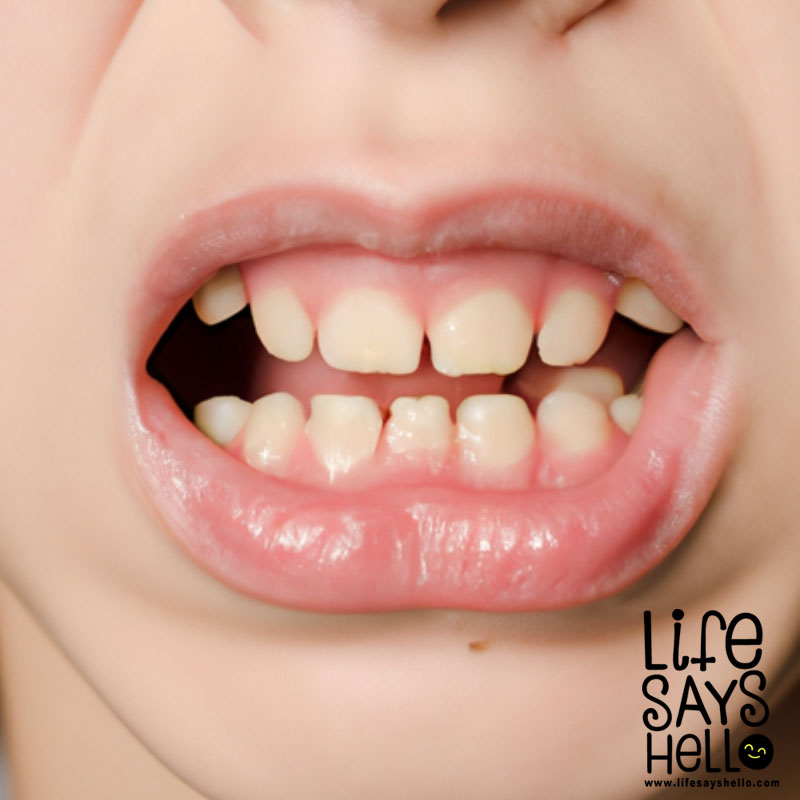Why Does the Tooth Next to the Extraction Hurt? Understanding & Managing Pain in Adjacent Teeth
Dealing with a tooth extraction can be a daunting experience, but what happens when the tooth next to the extraction site starts to hurt? In this comprehensive guide, we'll dive into the possible causes of this pain, how to manage it, and when to seek professional help – all in a casual yet clear and easy-to-understand manner.
Tooth extraction is a common dental procedure where a tooth is removed from its socket in the bone. It's typically done to address issues like tooth decay, gum disease, or impacted wisdom teeth. While the extraction process itself can be uncomfortable, it's not uncommon for patients to experience pain in the adjacent tooth after the procedure. If you're one of those people, you're probably wondering why this happens and what you can do to alleviate the discomfort.
In this article, we'll explore the possible causes of pain in the tooth next to an extraction site, as well as provide you with practical tips on managing the pain. Lastly, we'll discuss when it's necessary to consult a dentist and how to prevent such pain in the future. So, buckle up and get ready to learn!
Possible Causes of Pain in the Adjacent Tooth
Bone and Tissue Trauma
During a tooth extraction, it's not uncommon for the surrounding bone and tissue to experience some degree of trauma. This can be due to the pressure and force applied during the procedure or the tools used by the dentist. As a result, the adjacent tooth may become sensitive and painful as the area heals.
Inflammation
Inflammation is a natural response to injury and is the body's way of protecting and healing itself. After a tooth extraction, it's normal for the area to become inflamed as part of the healing process. However, this inflammation can sometimes extend to the tooth next to the extraction site, causing discomfort and pain.
Dry Socket
A dry socket, also known as alveolar osteitis, is a painful condition that can occur after a tooth extraction. It happens when the blood clot that forms in the socket to protect the underlying bone and nerves becomes dislodged or dissolves before the wound has healed. This leaves the bone and nerves exposed, resulting in severe pain that can radiate to the adjacent tooth.
Infection
Although rare, it's possible for an infection to develop after a tooth extraction. If the infection spreads to the surrounding tissue and bone, it can cause pain and discomfort in the tooth next to the extraction site. In such cases, it's crucial to seek prompt dental care to prevent the infection from worsening.
Referred Pain
Referred pain is a phenomenon where pain is felt in an area other than the actual source of the discomfort. In the case of tooth extractions, the nerves in the mouth can sometimes transmit pain signals from the extraction site to the adjacent tooth, causing it to hurt even though there's no direct injury or issue with that tooth.
Managing Pain in the Adjacent Tooth
Pain Medication
Over-the-counter pain relievers like ibuprofen or acetaminophen can be effective in managing mild to moderate pain in the tooth next to the extraction site. However, if the pain is severe or persistent, it's best to consult your dentist, who may prescribe stronger medication to help alleviate the discomfort.
Cold and Warm Compresses
Applying cold compresses to the outside of your cheek near the extraction site can help reduce inflammation and numb the area, providing temporary pain relief. After the first 24 hours, you can switch to warm compresses to promote blood flow and healing, which can further help alleviate pain in the adjacent tooth.
Saltwater Rinses
Rinsing your mouth gently with warm saltwater can help reduce inflammation and pain in the tooth next to the extraction site. Mix half a teaspoon of salt in a glass of warm water and gently swish it around your mouth for about 30 seconds before spitting it out. You can do this several times a day, but make sure to wait at least 24 hours after your extraction before starting.
Proper Oral Hygiene
Maintaining good oral hygiene is crucial in preventing infection and promoting healing after a tooth extraction. Brush your teeth gently, avoiding the extraction site, and use a soft-bristled toothbrush to minimize irritation. Additionally, floss daily and use an antimicrobial mouthwash to keep your mouth clean and free of harmful bacteria.
When to Seek Professional Help
If you experience persistent or severe pain in the tooth next to the extraction site, it's important to consult your dentist. They can examine the area and determine if there are any complications or issues that require further dental intervention. Some potential complications include infection, dry socket, or damage to the adjacent tooth or its surrounding structures.
Preventing Pain in the Adjacent Tooth
Choosing an Experienced Dentist
Selecting a skilled and experienced dentist can help minimize the risk of complications during a tooth extraction. They will be more adept at performing the procedure with minimal trauma to the surrounding bone and tissue, reducing the likelihood of pain in the adjacent tooth.
Following Post-Extraction Instructions
Your dentist will provide you with aftercare instructions following your tooth extraction. It's essential to follow these guidelines to promote healing and minimize pain in the tooth next to the extraction site. This may include avoiding smoking, using a straw, or eating hard and crunchy foods for the first few days after the procedure.
Addressing Underlying Dental Issues
Preventing the need for tooth extractions in the first place is the best way to avoid potential pain in adjacent teeth. Regular dental checkups and addressing dental problems like tooth decay and gum disease early on can help maintain your oral health and reduce the likelihood of requiring extractions.
Conclusion
Pain in the tooth next to an extraction site can be caused by various factors, including bone and tissue trauma, inflammation, dry socket, infection, or referred pain. By managing the pain with medication, cold and warm compresses, saltwater rinses, and good oral hygiene, you can promote healing and alleviate discomfort. However, if the pain persists or worsens, it's crucial to seek professional help to address any potential complications. Lastly, preventing tooth extractions by maintaining good oral health and addressing dental issues early on can help you avoid pain in adjacent teeth altogether.




Comments